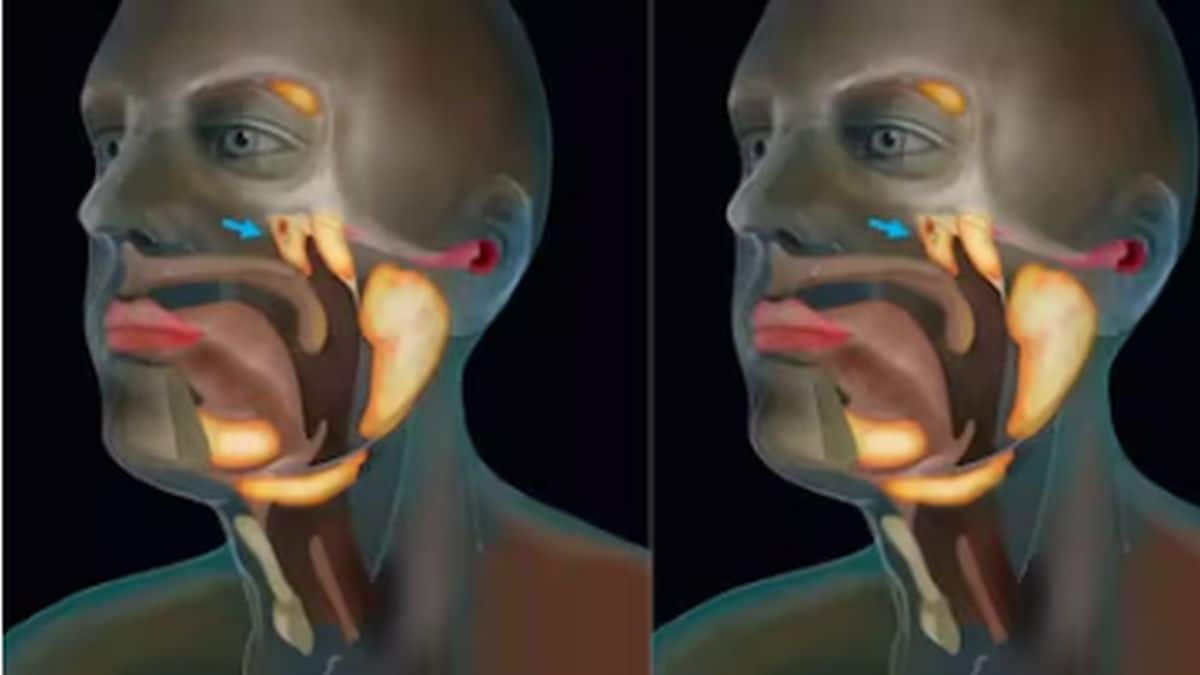Getting an STD can have a huge impact on your life, but with the right practices, you can reduce your risk of getting one.
Worldwide, over one million new cases of curable STDs (sexually transmitted diseases) are reported daily.
Yes, daily. The truth is that many STDs are completely treatable, and the ones that we don’t yet have a cure for, can be managed with medication. Failing to do so can lead to complications like infertility, cancer and increased risk for contracting HIV/AIDS! Getting an STD can have a huge impact on your life - but, thankfully, with the right practices, you can reduce your risk of getting one.
![Avoiding sexually transmitted STD infections Getty]()
Here’s what you need to know about when and how to get tested for an STD: What are the odds? Nearly 6% of the Indian population has one or more STDs, as per the latest (2002-03) estimates by the Indian Council of Medical Research. About 30 to 35 million new STD cases emerge every year in the country. Young people in the age group of 16 to 24 years and women are most at risk. STDs are infections that spread through sexual contact. Most people think that they would know from the symptoms if they get an STD, but many sexually transmitted infections (STIs) don’t really have apparent signs. So, unless you get a test, you won’t know for sure. You could also be a carrier: which means that you might not have any symptoms but can still spread the infection to others. More reasons to get tested If left untreated, STIs can cause serious complications including infertility and cancer. STIs in pregnant women can lead to birth defects and even miscarriage. In women who are trying to conceive, having an STD may even lead to an ectopic pregnancy (a potentially life-threatening condition in which the fertilised egg doesn’t attach to the wall of the uterus, but attaches to other parts of the mom-to-be’s body, usually the fallopian tubes). Experts recommend that sexually active people should get tested for the most common STDs regularly - at least once a year. The reason: of the eight most common STDs, four - chlamydia, gonorrhoea, syphilis and trichomoniasis - are curable, and the other four STIs - caused by human immunodeficiency virus (HIV), human papillomavirus (HPV), herpes simplex virus and hepatitis B virus - can be managed with medicine. Signs that you need an STD test The National Health Service, UK, lists some signs and symptoms that indicate that you may have an STD and need to get tested. Redness or itching in the genital region and sores on the mouth or warts in the genital area are symptoms common to all genders. Men with an STD may also experience painful urination and discharge from the penis. In women, STIs could show up as abdominal pain, spotting between periods, smelly discharge from the vagina, yellow or green coloured vaginal discharge or even pain during sex. However, according to the World Health Organization, a majority of people with STIs show “no symptoms or only mild symptoms that may not be recognized as an STI”. So it is important to get tested periodically. Who is at risk? All sexually active people are at risk of STDs, no matter what their gender, age, or frequency of sex. STIs can spread through vaginal sex, oral sex, anal sex or even skin to skin contact. Even if you practice safe sex, you may get an STD. The US Centers for Disease Control and Prevention has made the following recommendations for STD testing:
- Everyone should get tested for HIV at least once. Sexually active gay and bisexual men should undergo this test twice or four times a year.
- Sexually active women should get tested for gonorrhoea and chlamydia at least once a year.
- Pregnant women should be tested for hepatitis B, HIV and syphilis early on in the pregnancy. However, your doctor may also recommend you get a chlamydia or gonorrhoea test.
- Any of the above tests may be ordered more frequently if you have sex with multiple partners or have unsafe sex. For example, you should get tested for HIV every year if you practice unsafe sex.
Talk to your doctor to know how frequently you should get yourself tested. Ways to prevent STDs Some STDs can be treated easily once you’ve been diagnosed. The best way to prevent STDs from spreading is to get tested regularly. Here are some other measures that can keep you safe from STDs:
- Avoid having sex with multiple partners.
- Always use condoms. Condoms, especially latex ones, are really effective against STIs that spread through bodily fluids.
- Do not share needles.
- Get vaccinated against Hepatitis B and HPV.
- If you doubt that you or your partner may have an STD, talk to a doctor as soon as possible.
For more information, please read our article on
Sexually Transmitted Diseases: Causes, Symptoms, Diagnosis, Treatment and Prevention. Health articles in Firstpost are written by myUpchar.com, India’s first and biggest resource for verified medical information. At myUpchar, researchers and journalists work with doctors to bring you information on all things health.


)

)
)
)
)
)
)
)
)



